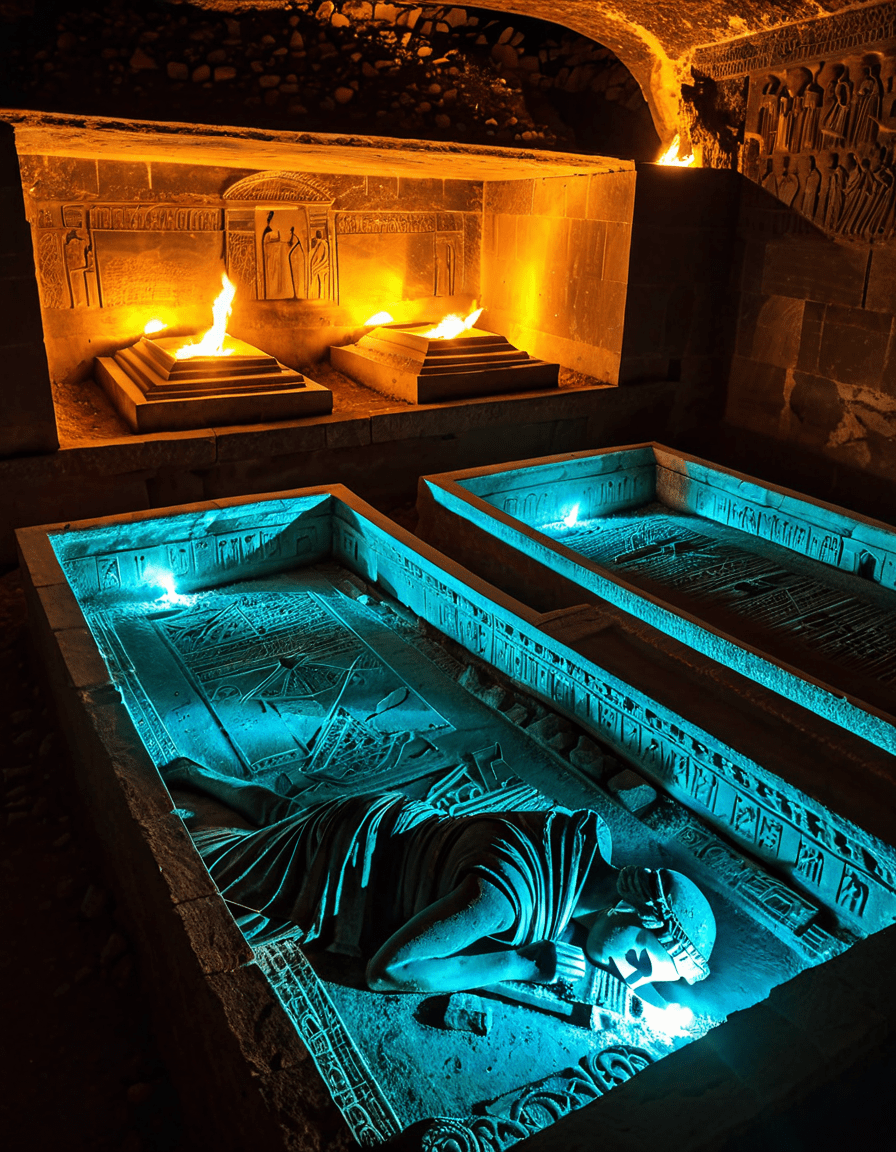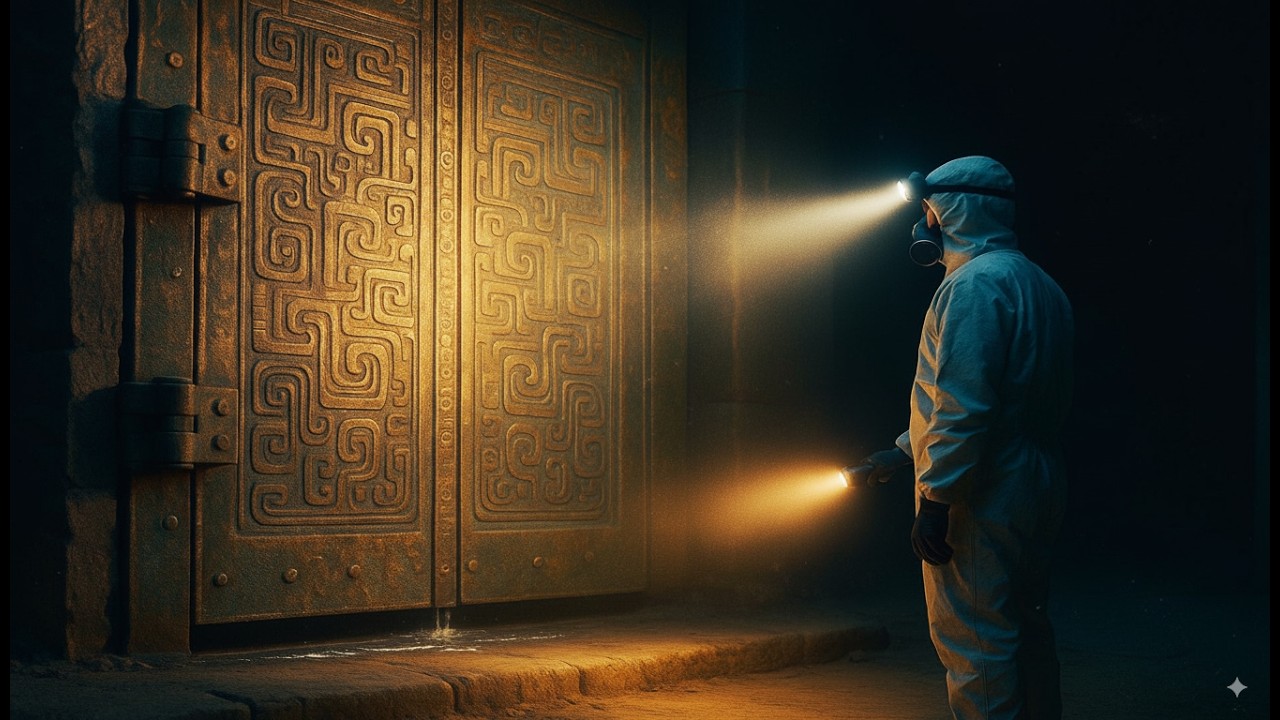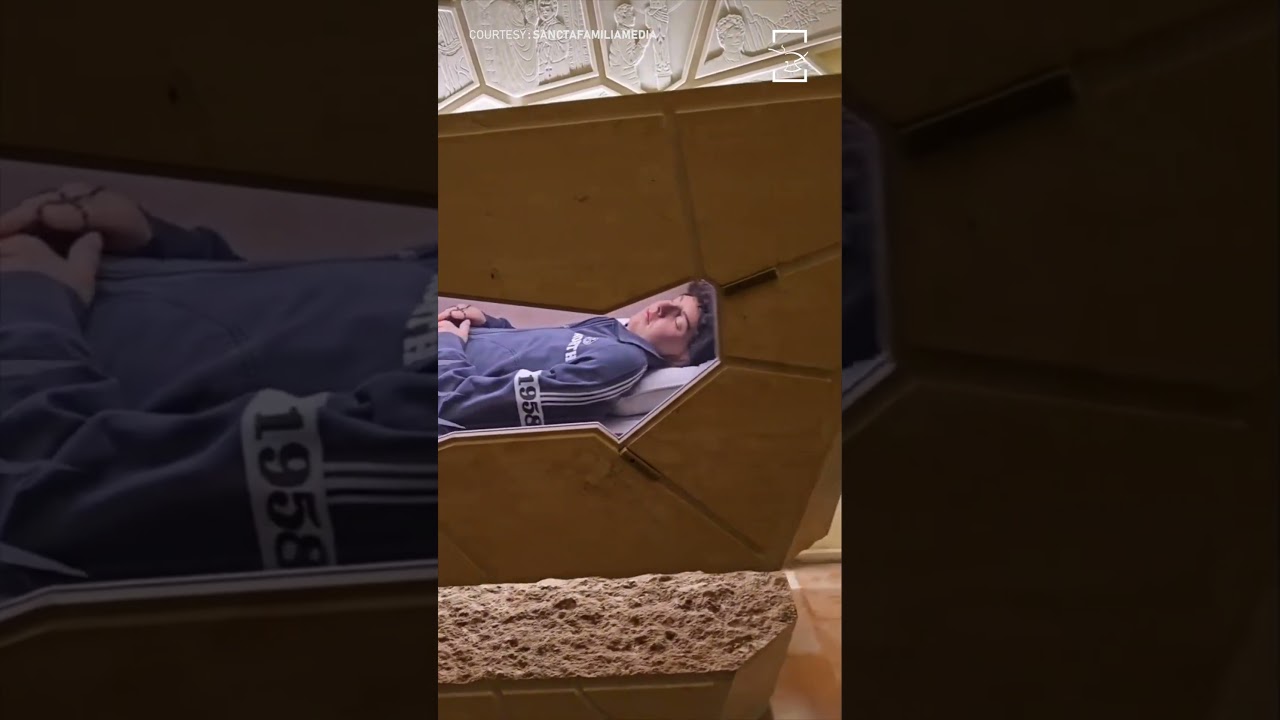The intrigue surrounding ancient tombs is deeply woven into the fabric of human history. These monumental structures not only mark the final resting places of many, but they also reveal the lives, cultures, and beliefs of civilizations long past. Ongoing excavations and studies of these remarkable tombs unveil details that capture the interest of archaeologists and historians alike. In this article, we journey through the world’s most notable tombs, highlighting their fascinating stories and the insights they provide into the history of humanity.
Top 7 Tombs of Ancient Wonders
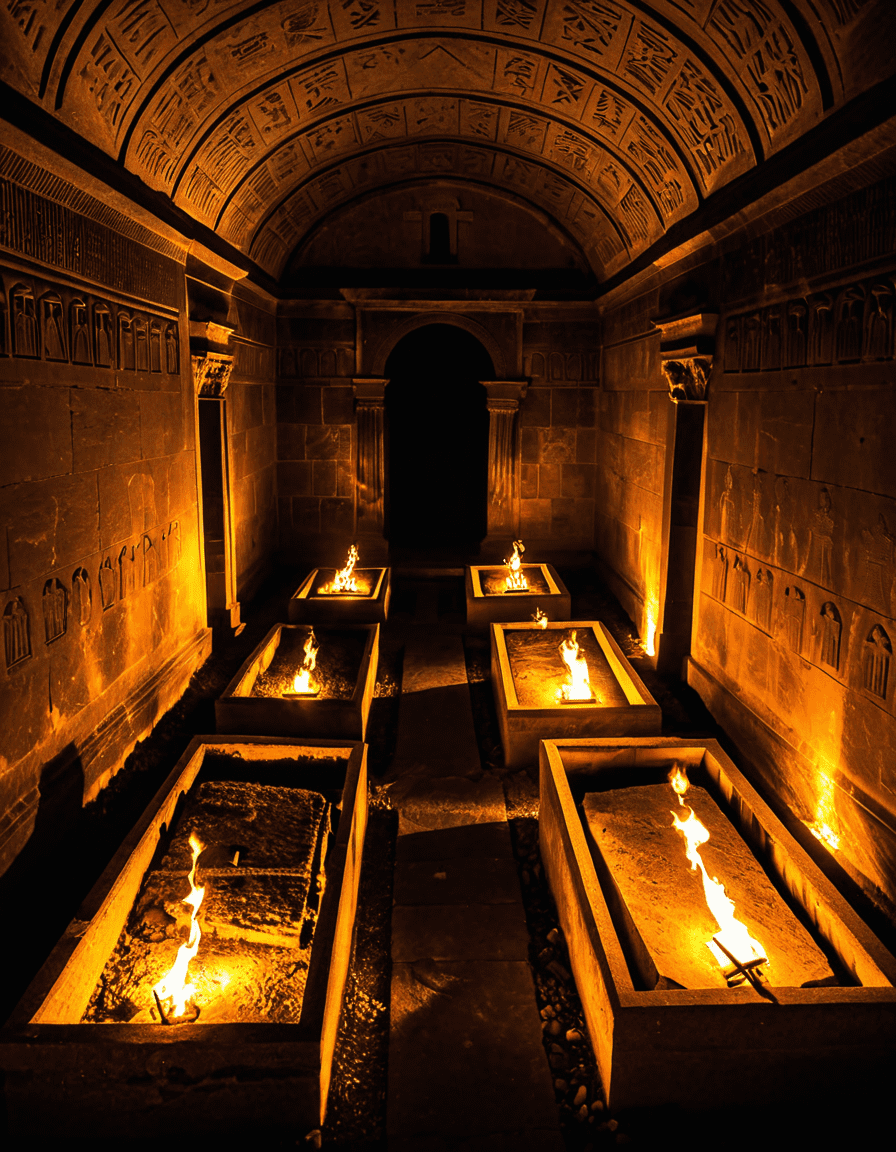
1. The Great Pyramid of Giza, Egypt
The Great Pyramid of Giza is arguably the most recognized tomb globally, standing tall as a testament to the engineering marvels of ancient civilizations. Commissioned by Pharaoh Khufu around 2580 BC, this grand structure showcases an impressive understanding of architecture and spatial organization that astounds even modern thinkers. Serving as a monumental grave, it is the last remaining structure of the Seven Wonders of the Ancient World.
The pyramid features a network of chambers, including the famous King’s Chamber, which exemplifies the Egyptians’ elaborate burial practices. These practices showcased their belief in the afterlife—a journey the pharaoh was thought to undertake after death. Not merely a tomb, the Great Pyramid reflects the ambition and tenacity of the civilization that built it, forever embedding its mark in human history.
2. Mausoleum at Halicarnassus, Turkey
In the 4th century BC, the Mausoleum at Halicarnassus was constructed to honor Mausolus, a satrap of the Persian Empire. Today, the word “mausoleum” serves as a term derived from his name. This extraordinary tomb stood approximately 45 meters tall and featured a blend of Greek, Egyptian, and Lycian architectural styles, reflecting a fusion of cultures that transcended boundaries.
Renowned sculptors crafted intricate reliefs that adorned the mausoleum, telling stories of a leader beloved by the people. Though the structure no longer exists, its legacy lives on through the texts that describe it, while embodying cultural harmonization and the artistic expressions of its time. The stories contained within the ruins, even centuries later, continue to resonate, fascinating those interested in history.
3. Nefertari’s Tomb, Valley of the Queens, Egypt
Nestled in the Valley of the Queens, Nefertari’s Tomb belongs to the wife of Ramses II, known for her beauty and significance in ancient Egypt. Dating back to the 13th century BC, this exquisite tomb is famed for its beautifully crafted wall paintings. The vibrant and well-preserved artwork depicts Nefertari’s journey to the afterlife, offering invaluable insights into the burial practices and religious beliefs of ancient Egyptian society.
The detailed murals are not just beautiful; they play a crucial role in understanding the civilization’s culture, spirituality, and values. Ongoing restoration efforts highlight the importance of preserving such culturally significant monuments, allowing modern generations to appreciate the artistry and dedication of those who came before.
4. Terracotta Army Tomb, China
Discovered in 1974, the Terracotta Army Tomb is an awe-inspiring site built for Qin Shi Huang, the first Emperor of China. This clandestine army of life-sized terracotta figures was created to accompany the emperor into the afterlife, emphasizing traditional Chinese beliefs regarding death and the afterlife. The tomb complex encompasses thousands of figures, each with distinct facial expressions, representing the extraordinary craftsmanship of ancient artisans.
The site serves as a monumental archaeological wonder, revealing not only the artistic achievements of the time but also the emperor’s desire for immortality and protection in the next life. The terracotta warriors symbolize a civilization’s deeply rooted beliefs about existence, death, and the journeys that continue beyond this life.
5. The Tomb of Tutankhamun, Valley of the Kings, Egypt
King Tutankhamun’s tomb is quite small compared to other grand burial sites, yet it gained immense fame after its discovery in 1922 by archaeologist Howard Carter. The treasures unearthed shocked the world, illustrating the wealth and status of this young king, who ruled during Egypt’s New Kingdom period. Among these artifacts was the iconic gold death mask, which has become synonymous with ancient Egypt’s legacy.
The riches inside the tomb not only provide a glimpse into the life of the pharaoh but also demonstrate the artistry and craftsmanship of the period. King Tut’s tomb serves not just as a burial ground, but as a monument encapsulating the cultural richness and complexity of ancient Egyptian civilization. Each artifact tells a story, reminding us of the civilization’s efforts to honor and memorialize their deceased leaders.
6. The Catacombs of Paris, France
A stark contrast to the traditional tomb structures mentioned earlier, the Catacombs of Paris present a different narrative surrounding death. These extensive underground ossuaries hold the remains of approximately six million people, resulting from the overcrowding of Parisian cemeteries in the late 18th century. The catacombs speak to urban history, offering a glimpse into how societies deal with mortality and remembrance.
Visitors often feel a mix of eerie fascination as they traverse the labyrinthine corridors adorned with human bones. The catacombs serve as a macabre monument to the past, embodying tales of lives lived and lives lost. They remind us that tombs, in their many forms, are powerful repositories of human experience, beckoning us to reflect on our own mortality and the transient nature of existence.
7. The Tomb of the Unknown Soldier, Arlington National Cemetery, USA
While this tomb is more modern than others on this list, it stands as a poignant tribute to the unknown soldiers who fought in wars, symbolizing sacrifice and valor. The Tomb of the Unknown Soldier embodies national memory, connecting Americans with the sacrifices made by those who served anonymously. It represents honor and mourning in a contemporary context, bridging the gap between history and present-day values.
Regular ceremonies held at this site reflect the country’s continued reverence for its military heroes. The attention paid to this monument showcases the profound impact of sacrifice on collective identity, illuminating how even contemporary tombs carry rich narratives steeped in honor and remembrance.
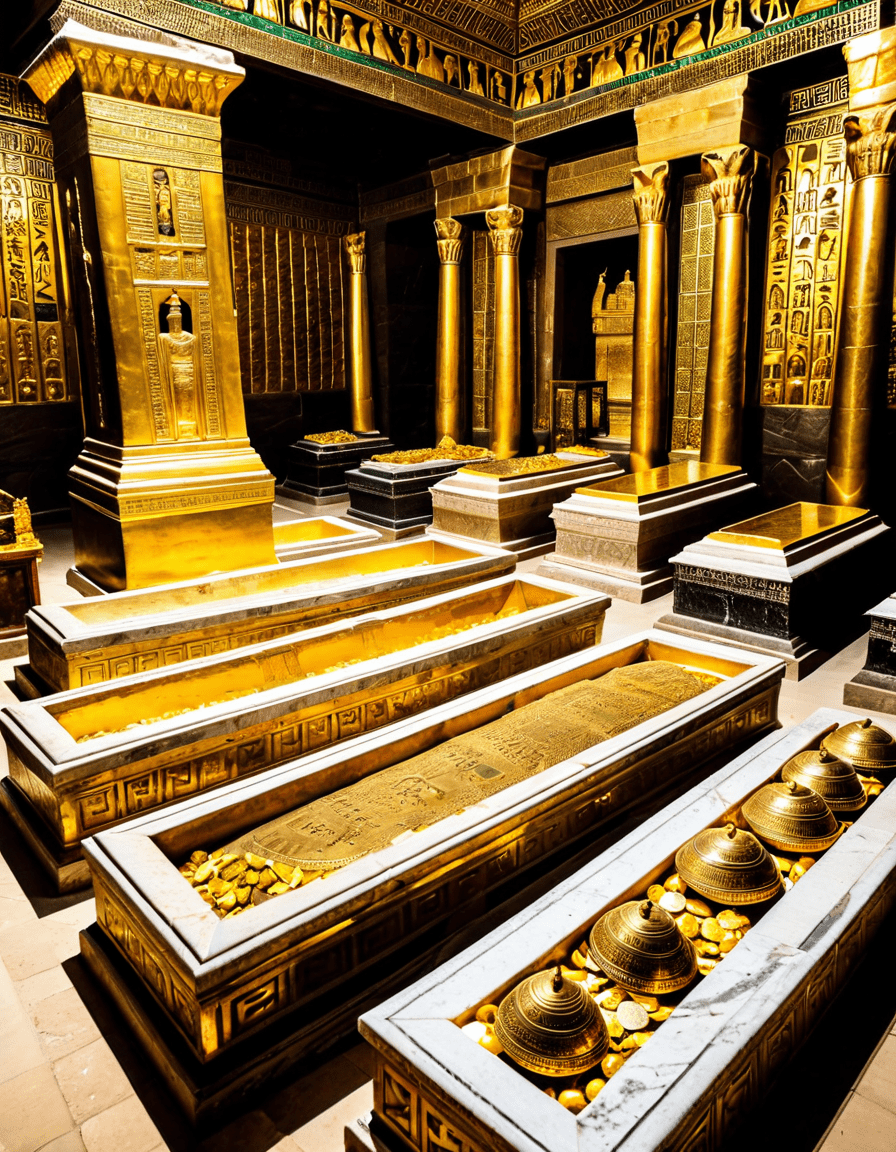
Reflecting on Our Past
These ancient tombs are much more than mere resting places; they encapsulate the beliefs, artistry, and values of their respective eras. Each monument weaves a narrative stretching beyond its physical presence, telling stories of lives lived and lost, of a human quest for meaning and remembrance. Through ongoing studies and excavations, these historical wonders remind us of the importance of preserving our shared heritage and inspire future generations to explore their own stories.
The legacy of these tombs will undoubtedly shape our understanding of history, culture, and human existence for years to come. As we remain passionate about discovery, it’s essential to appreciate the tales they tell—not just about the individuals buried within but about humanity’s enduring pursuit of connection, memory, and legacy. The stories of tombs, so ingrained in time, will forever echo in our understanding of life and death.
In uncovering the past, we embrace the narratives that connect all of humanity, encouraging us to look beyond the surface and dive into the rich history embedded in each tomb. So, as we explore these ancient wonders, let’s keep in mind that they are gateways into understanding the broader tapestry of human experience. For more information about movies that delve into these historical articles, check out Adria Arjona’s filmography. To better understand complex customer service concepts, read about Amazon on customer service, or dive into intriguing narratives like the Japanese airport bomb explosion. Whether you’re interested in tough topics or pastoral themes, the stories of tombs hold a treasure trove of insight.
With the wisdom gleaned from these enduring monuments, we honor not just those who have come before us, but also the cultures, stories, and intricacies of life that create the vibrant tapestry of our shared human experience.
Tombs: Echoes of the Past
Tombs That Tell Tales
Did you know that tombs have always been a gateway to understanding ancient civilizations? Take the Great Pyramid of Giza, for instance; it’s believed to have been built over 4,500 years ago! This colossal structure not only serves as a burial site for Pharaoh Khufu but also dazzles with its architectural prowess, attracting scholars and tourists alike. Speaking of captivating stories, Adria Arjona’s film roles may come to mind, showcasing how film can bring history and tales to life.
Tombs aren’t just about the deceased; they often reveal endless insights into cultural practices and beliefs of their time. The lavish tomb of Tutankhamun, often called King Tut, is a prime example. Discovered almost intact in 1922, it housed over 2,000 artifacts! Every unique item, from golden masks to everyday objects, tells a story, much like the narrative that runs through various shows on the site of free Movies Unblocked, where you can get lost in countless tales.
Mysteries and Myths
There’s a certain air of mystery and intrigue surrounding tombs, isn’t there? For instance, the tombs in Egypt were often filled with intricate traps designed to deter grave robbers. Yet, they couldn’t prevent the obsession with these sacred spaces. On the flip side, look at how myths contribute to the allure of tombs, much like the enigmatic character played by Leo Mckern in classic films. The stories of ancient treasures hidden within are akin to plots from modern thrillers like Abducted, which keep us guessing and entertained.
As we dig deeper into the significance of tombs, consider how they’ve shaped our understanding of life and death across cultures. They’re a poignant reminder of the beliefs that span generations. Yet, have you thought about the meaning behind the toughness often associated with these ancient grave markers? You can explore more about this intriguing concept through our piece on the tough meaning, shedding light on how these tombs symbolize not just a life lived but the legacy left behind.
Ultimately, tombs echo the stories of individuals, revealing what they valued and how they lived. The saga of the Az Senate race offers another layer of insight, reflecting how society continues to evolve while still honoring its past. Exploring tombs can be a journey through time, chronicling humanity’s rich tapestry—one story at a time!
